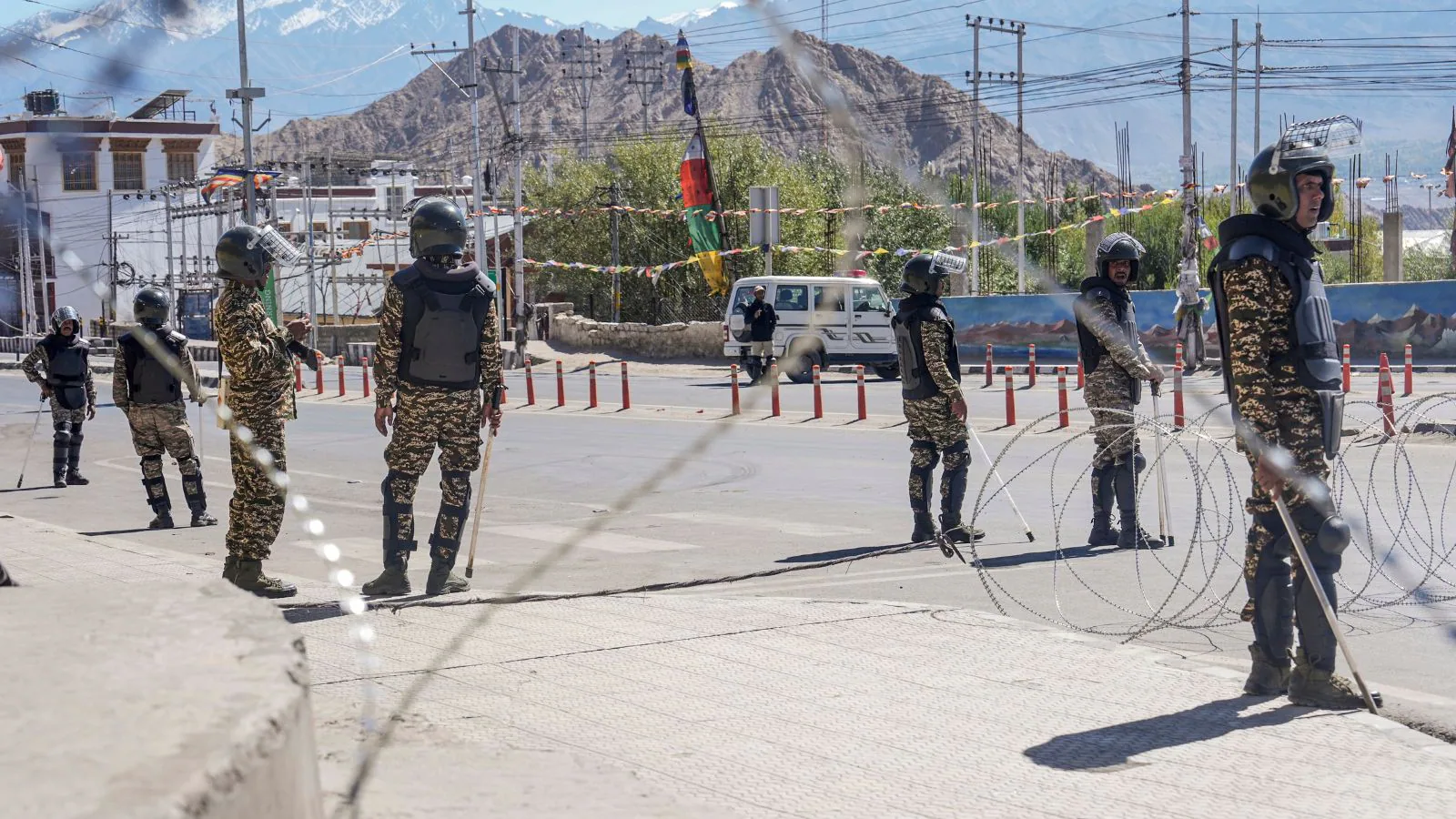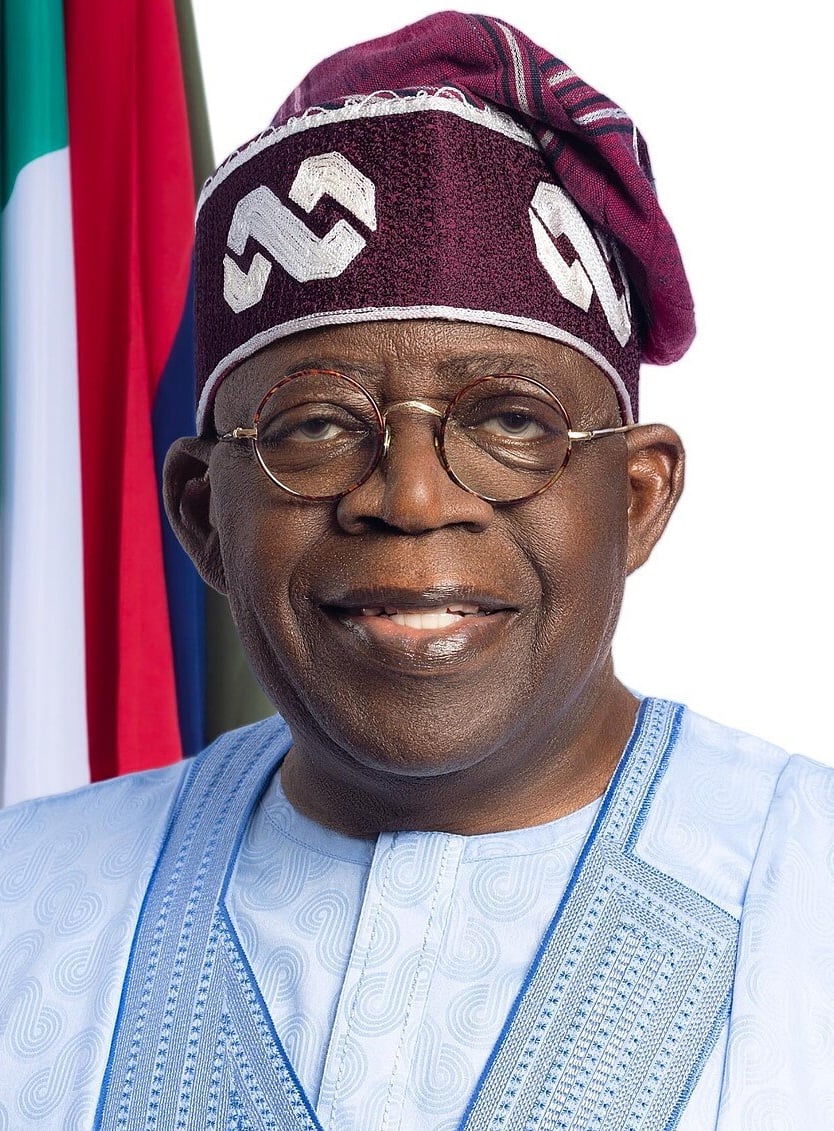Opinion | Safeguarding Ladakh: Amit Shah’s Firm And Strategic Leadership Is Need Of The Hour
By Monica Verma,News18
Copyright news18

When visuals of the Ladakh protests hit TV screens on September 24, it was difficult for anyone to believe that the peace-loving, calm, and serene people of Ladakh could indulge in violent activities. But the fact is that a constant framing of people anywhere in the world as victims of the state can turn even the most loyal, patriotic, and composed sections of the population into radicals. This is the truth of Ladakh today — a Union Territory that has received the utmost attention, care, and support from the Centre, yet gullible Ladakhis are being made to believe that they have been meted out step-brotherly treatment by their fellow Indians.
In 2019, the Modi-led NDA government, for the first time in independent India’s history, declared Ladakh as a Union Territory — thus fulfilling a long-standing demand from Ladakhis that dates back to the 1950s and ’60s. Their contention was fair — despite being home to 65 per cent of the territory, Ladakh was forced to bear the dominance of the rest of Jammu & Kashmir in terms of resources as well as linguistic, cultural, and religious identity. In 1955, the first Member of Parliament from the region, Kushok Bakula Rinpoche, had clearly articulated the need for separating Ladakh from J&K by granting it UT status.
Unfortunately, despite the demand gaining traction in the region over the decades — with the year 1989 even witnessing violent protests and the martyrdom of three Ladakhis, in whose memory the NDS Stadium in Ladakh stands today — the government at the Centre hardly bothered to address their demands. The politically and electorally dominant Congress party always devoted disproportionate attention to the grievances of Kashmiris, even hosting separatists in New Delhi with a warm reception. But the innocent people of Ladakh and their genuine demands did not receive even mild acknowledgment. Hence, in 2019, when the BJP government revoked Article 370 and bifurcated the erstwhile J&K state into two UTs — Jammu & Kashmir and Ladakh — the sense of jubilation among Ladakhis reached a whole new level. They saw the Centre’s decision to finally bestow UT status on Ladakh as the culmination of their long-standing struggle.
The UT status not only brought a sense of independent identity to the region but also cut through the bureaucratic maze, allowing it to receive direct attention from New Delhi. If, at one point, the Ladakhis complained about receiving just 2 per cent of funds during the region’s existence as part of the combined state of J&K, now they were witnessing a mammoth increase in fund allocation. According to government records, from just a Rs 250 crore budget, Ladakh today has a budgetary outlay of Rs 6,000 crore — this despite the region having one of the lowest population densities in the country, at around seven people per sq km. This allocation is in addition to the two autonomous hill councils in the UT — Leh and Kargil — each having its own budget of Rs 300 crore.
In the last six years, Ladakh has also been a top recipient of infrastructural funding. The Border Roads Organisation has built more than 1,670 km of roads in the region, significantly improving connectivity. Between 2020 and 2025, more than Rs 20,000 crore have been allocated by the Centre to develop adequate road infrastructure, thus promoting tourism and economic activity in Ladakh. Some flagship projects include the construction of Asia’s longest bidirectional road tunnel, Zoji-La, between Srinagar and Leh — passing through Dras and Kargil — which will provide all-weather connectivity to the region. Ladakh would soon also be home to the world’s highest Shinkun La tunnel at around 15,800 feet on the Nimu–Padum–Darcha Road.
Not just this — railway infrastructure has also received a boost, with the construction of the Bilaspur-Manali-Leh railway line bringing the UT closer to the rest of India at a whopping cost of Rs 1.31 lakh crore.
Despite receiving a lion’s share of the country’s resources, Ladakh appears far from happy, at least if the media portrayal is to be believed. Soon after Ladakh was declared a UT and the central government embarked on a mission to uplift the quality of life of the average Ladakhi, a section in the region — for whom activism has become a way of life — presented itself with a new set of demands. This time, they wanted full statehood for Ladakh along with inclusion in the Sixth Schedule of the Indian Constitution. But these demands are quite unreasonable, with little regard for how they could affect the collective national interest.
The protests that turned violent last week started with the hunger strike of Sonam Wangchuk, a Magsaysay Award winner who has been posting provocative videos on social media for the last five years — sometimes calling for Ladakhis to draw inspiration from the Arab Spring, and sometimes claiming that Ladakhis are now “low on morale” to fight wars, saying that if China comes next time, they will have no incentive to block them from entering India. Such speeches and calls for action against the state were accompanied by Wangchuk’s questionable visit to Pakistan for a climate conference earlier this year. Those who are part of strategic circles would agree that such visits are often a façade to plan destabilising activities against the state.
So, the moot question now is this: are the demands for statehood and Sixth Schedule inclusion organically originating from Ladakh, or are they tools to blackmail the government and keep a highly sensitive border region in a vulnerable position? To be fair, some concerns about a lack of employment or representation in administrative machinery are valid — and the government has acted on them.
In addition to tangible outcomes in the infrastructure sector, the government has left no stone unturned to conserve the region’s ecology, culture, and linguistic traditions. In recent years, multiple universities have been established, including the University of Ladakh, its first in decades. In 2025, the Modi government passed the Ladakh Official Languages Regulation Act, which formally recognised Bhoti and Purgi as official languages of Ladakh alongside English, Hindi, and Urdu. Even the accusation that Ladakhi jobs are going to outsiders is hollow, as new reservation and domicile rules for the UT provide for 85 per cent reservation for local residents.
Despite receiving priority treatment from the government, a section of activists in the region is engaging in a sinister game of destabilising Ladakh, playing with the lives of ordinary Ladakhis only to please their masters — who want a key border region of an emerging power like India to be destabilised with pointless unrest. Consider this: Ladakh has an abysmally low direct tax collection and features among the lowest GST contributors every year. How can a UT with such low revenue survive as a full-fledged state financially? It would become a case of constantly seeking aid packages — a process riddled with delays and complexities, as the experience of other states shows.
Ladakh is fortunate that its status as a highly sensitive border region has finally been acknowledged in New Delhi after decades of governments that shared Nehruvian apathy toward border areas. It occupies a critical geography from a national security perspective. On one side lies the Line of Actual Control with China, where clashes erupted as recently as 2020. On the other side is the Line of Control with Pakistan near Kargil, which has a turbulent history of cross-border exchanges. Because of this proximity to sensitive frontlines, any demand for statehood or Sixth Schedule inclusion seems untenable.
Inclusion as a special area under the Sixth Schedule would bring terrible bureaucratic delays — where any attempt by the Centre to beef up critical border infrastructure could face a veto from autonomous councils. A good example is Meghalaya, where the exploration of uranium deposits could create jobs for local tribes, but the Sixth Schedule obstructs the very welfare it was meant to promote. Even in Ladakh, if the Sixth Schedule endangers India’s collective security through unrealistic delays, it will also affect the pace of development.
Many independent journalists and YouTubers have undertaken ground coverage in Ladakh, showing high satisfaction levels with development activities undertaken in the last decade. Today, even remote villages have electricity, potable water, and roads — with upcoming generations having a bright future. Thus, if constructing infrastructure in Ladakh is a necessity for India to secure its borders, it is also an opportunity for the average Ladakhi to improve their quality of life in myriad ways.
At this moment, the genuine concerns of the people of Ladakh and the larger question of India’s national security need to be delicately balanced. The wonderful people of Ladakh have served in the Indian Army in different combat roles. Their patriotism and devotion toward India — despite their demands going unheard for six decades — deserve commendation. However, a new challenge now awaits us in the form of forces trying to draw a wedge between Ladakh and the rest of the country. Despite the Modi government’s acceptance of their demand for dialogue, the way the protests turned violent has portrayed Ladakh in a bad light.
In recent years, we have witnessed similar experiments in Manipur and Kashmir aimed at arresting India’s growth by destabilizing border states. But their experiences show that instead of giving in to the demands of troublemakers, Home Minister Amit Shah used an iron hand combined with tactical negotiations to rein them in. Some of the anti-state voices have since returned to the nationalist fold and now genuinely appreciate how the Indian state gave them a chance and a new promising future. It is up to the Ladakhis to choose — do they want unrealistic demands that neither serve their purpose nor boost the country’s security, or do they want to return to dialogue and remain the same responsible region that has immensely contributed to India’s rise?
(The author is a New Delhi-based commentator on geopolitics and foreign policy. She holds a PhD from the Department of International Relations, South Asian University. She tweets @TrulyMonica. The views expressed in the above piece are personal and solely those of the author. They do not necessarily reflect News18’s views)



